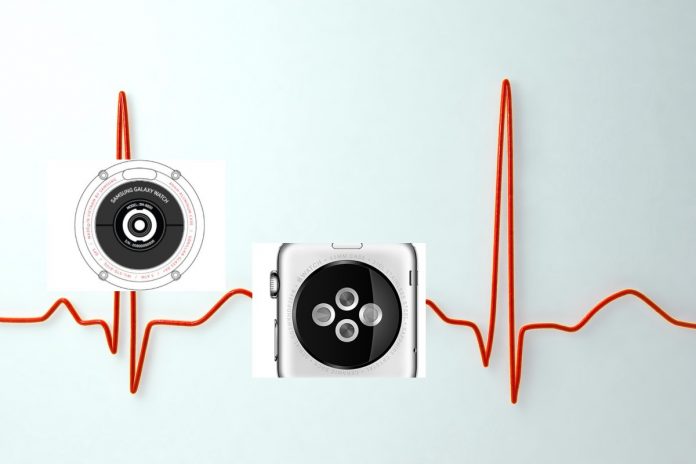One of the biggest challenges people with diabetes have is regularly measuring their blood sugar levels and the pain and disruption that finger-stick blood glucose tests cause. That’s why there is so much promise and hope that noninvasive glucose monitoring is just around the corner.
Recently, researchers developed and tested a new smartwatch prototype that can help with non-invasively measuring blood glucose levels. This research was just published in the Microsystems and Nano-engineering section of the Nature journal.
The smartwatch does this by employing a Nafion-coated flexible electrochemical sensor patch fixed on the watchband to obtain interstitial fluid (ISF) transdermally at the wrist. This allows for noninvasive continual blood glucose monitoring, meaning no drop of blood required to take a measurement.
Contents
Related Reading
- Noninvasive Glucose monitoring company Hagartech divulges $4.4M Series A funding for its wearable bracelet
- Apple hiring new project personnel for a Class II Medical device
- Alertgy’s noninvasive CGM (glucose monitoring) wristband, DeepGluco shows promise in a new study
- The Best Diabetes management apps for your iPhone and Apple Watch in 2022
Noninvasive continual glucose monitoring for all is getting close to prime time
In this study, participants could see their real-time blood glucose levels on the LED screen of the watch or check those levels using their paired smartphone. With 23 volunteers, the watch demonstrated 84.34% clinical accuracy in the Clarke error grid analysis (zones A + B).
There is a reliable correlation between blood and ISF glucose levels which is why ISF glucose levels are being used as a source of biomarkers. ISF-based glucose monitors developed in recent years have proven reliable and accurate in research studies.
About the design and materials for getting noninvasive continual glucose monitoring on a smartwatch
The flexible glucose sensor patch used on the study smartwatch was fabricated on a 100 μm thick polyimide (PI) film with MEMS technology, which is fixed on the watchband and conformally attaches to the skin. 
The patch contains two glucose sensors, each consisting of a working electrode, a reference electrode, and a counter electrode.
Each sensor is also surrounded by a pair of extraction electrodes for the noninvasive extraction of ISF from the skin. Biomarkers are obtained transdermally through reverse iontophoresis.
Upon the application of an electric current through the extraction electrodes, small molecular-sized ions in the ISF under the skin surface electromigrate toward the electrode of opposite polarity.
Since skin at physiological pH is negatively charged and thus permselective to positive ions, an electroosmotic solvent flow is induced by the cations (e.g., Na+, K+) and carries solute species, including neutral and especially polar molecules such as glucose and lactate, to the cathode. The extracted glucose is then detected by the nearby sensor.
One measurement cycle lasts for a total of 17 min, i.e., the user’s blood glucose level could be measured 4 times approximately every 1 h.
Tested for watch inaccuracies due to wrist and arm motion
Researchers also conducted further experiments to verify that body motion did not cause inaccurate test results.
A non-diabetic volunteer wore a glucose detecting watch on each wrist. During the test, the subject’s left arm remained still, and the right arm made constant movements (e.g., arm swings, arm flexions, wrist movements). 
During the 2 hour experiment, the study team took six measurements by each watch and 6 accompanying finger-stick blood glucose test results and compared those results. And it showed that body motion did not interfere negatively with accuracy.
Wrap up
The big game changer for monitoring and managing diabetes is a easy and noninvasive way for people to check their glucose levels. And this study shows that what was once a vision is now a reality.
Although we are still in the early innings when it comes to noninvasive glucose detection via smartwatches, the science and technology is quickly getting there.
With companies such as Rockley Photonics ( Apple Supplier) and others working on advanced technologies, it is not long before we can see a commercially viable smartwatch that can assist people with diabetes to easily take care of themselves.







